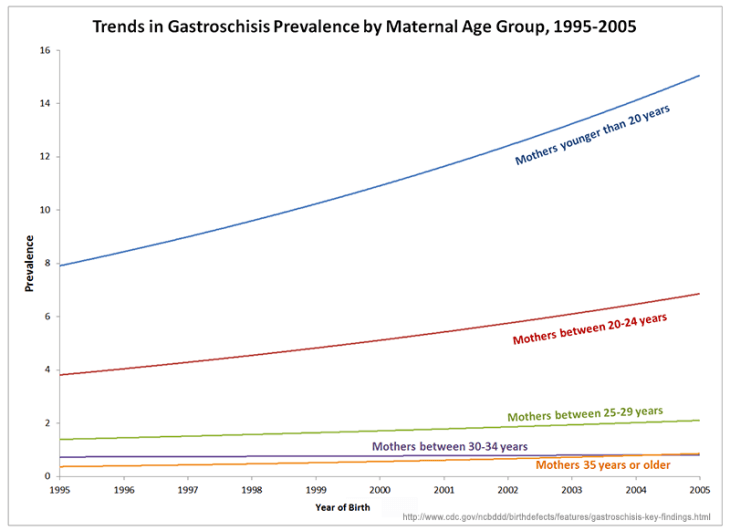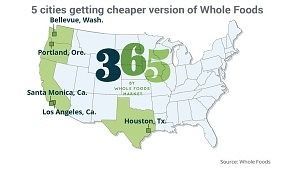Zonulin Research and Gluten Free Awareness Marches Forward
We’ve all met one. The person loudly proclaiming that gluten-sensitivity isn’t a real thing and that all those hipsters paying a ridiculous amount of money for their special gluten free products need to sit down, shut up, and have a sandwich with real bread. As frustrating as hearing that sentiment can be for those who suffer from unpleasant symptoms like stomach pain or diarrhea after consuming gluten, the lack of a definitive, concrete test for gluten sensitivity makes it easier to treat that sensitivity as an imagined condition. Nearly half of American consumers see gluten free as a fad based solely on anecdotal evidence, rather than the complex diet and gut issue that it is. Now, researchers may have found a more effective way to diagnose gluten sensitivity – a protein molecule called zonulin.
Not Your Average Space Invader
Most people have never heard of zonulin. In fact, it sounds more like a bad guy from a movie or show set in space than a molecule responsible for regulating the opening and closing of junctions in the lining in the intestinal tract. But like the public’s awareness of gluten free issues, zonulin is a relatively new discovery, as it was discovered in 2000. Zonulin reacts to harmful bacteria like salmonella entering the gut, opening the digestive lining’s junctions to induce diarrhea and flush out bad guys. Once the bacteria
Zonulin reacts to harmful bacteria like salmonella by opening the digestive lining’s junctions to induce diarrhea and flush out bad guys. Once the bacteria is gone, the digestive junctions close up, and zonulin levels return to normal. A smoothly functioning digestive system is the basis of health, as the lining of your intestinal tract determines how vulnerable you are to potentially harmful bacteria like Candida.
The Gluten Effect
So what does that mean for people with celiac disease or a gluten sensitivity? According to a recent study, undigested gluten triggers zonulin in people with celiac disease, gluten sensitivity, and digestive conditions like irritable bowel syndrome. People with these issues have been shown to have higher levels of zonulin. High zonulin levels correspond to open junctions in the gut, which increases the likelihood of harmful particles damaging the gut lining itself and triggering immune responses in other areas of the body. This leaves the gut unable to heal itself which can spiral into serious autoimmune conditions (see Leaky Gut Syndromes, and Autoimmune Diseases) like hypothyroidism and multiple sclerosis (and, of course, many others).
Shut it Down
Zonulin itself is a valuable molecule in the body, and recent information suggests that it could also have an important role in determining people who are at risk for celiac disease. As research into how gluten affects people continues, dismissing gluten-free diets as a fad will become more and more difficult. Learning about the gut ecosystem and it’s massive effect on your health is one of the smartest things you do. Don’t wait for someone to hand you your health on a platter.

